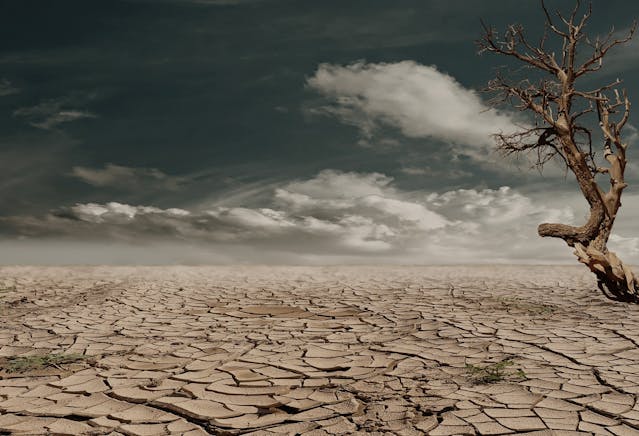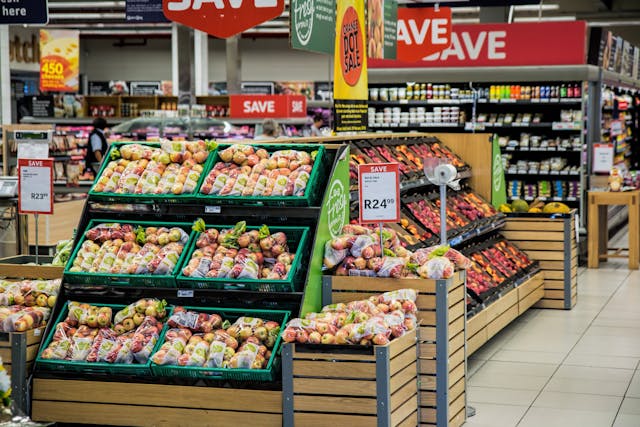Write Us: hello@ali5.org
The Impact of Climate Change: What We Can Do to Help
Climate change is already affecting our planet, but there’s still time to act. Learn what’s happening, why it matters, and how everyday choices can make a difference.

Let’s not pretend climate change is a distant threat anymore. It’s here. It’s real. And it’s showing up in ways we can’t ignore, unpredictable weather, rising sea levels, disappearing wildlife, extreme heat waves, and yes, even the price of food.
But here’s the thing: while the problem feels massive, the truth is, what we do, individually and collectively, still matters. So instead of panicking or tuning out, let’s look at what climate change is actually doing to our planet right now… and what we can still do to make a difference.
What Exactly Is Climate Change?
Climate change refers to long-term shifts in temperatures and weather patterns. While Earth’s climate has always changed over time, what’s different now is the speed and the fact that human activity is driving it.
Burning fossil fuels (like coal, oil, and gas) for energy releases greenhouse gases like carbon dioxide and methane. These gases trap heat in the atmosphere, leading to a gradual rise in global temperatures. That rise sets off a chain reaction.
Real-World Effects We’re Seeing in 2025
Climate change isn’t some future problem; it’s already reshaping our world. Here’s how:
🌊 1. Rising Sea Levels
Melting glaciers and polar ice are causing oceans to rise, swallowing up coastlines. Cities like Jakarta, Miami, and parts of Bangladesh are already struggling with regular flooding.
🔥 2. Extreme Weather
We’re seeing longer droughts, stronger hurricanes, deadlier floods, and record-breaking heat waves, all fueled by a warming climate.
🌾 3. Threat to Food Supply
Erratic weather messes with farming. Crops either drown in too much rain or die in the heat. This raises food prices and threatens food security, especially in low-income regions.
🐾 4. Wildlife Disruption
Animals are losing their habitats and struggling to adapt. Coral reefs are dying, and species like polar bears and elephants are being pushed closer to extinction.
😷 5. Public Health Risks
Heat strokes, respiratory problems, and the spread of diseases like malaria and dengue are becoming more common in places that didn’t deal with them before.
So… Can We Still Fix This?
Yes, but we need to act fast and on multiple levels.
The goal most experts agree on? Keep global temperature rise under 1.5°C above pre-industrial levels. We’re already close to that limit. If we push past it, the damage becomes far harder (and costlier) to reverse.
Here’s what needs to happen and what you can do.
What Governments & Companies Need to Do
Let’s be honest, individual action matters, but we also need major systems to change. Big time. That includes:
-
Transitioning to clean energy (solar, wind, hydro)
-
Regulating industries that produce high emissions
-
Reforestation and nature protection
-
Green infrastructure: public transport, eco-friendly buildings, waste management
-
Stronger climate policies, enforced globally
The good news? Many countries and businesses are moving in that direction. The bad news? It’s still not fast enough.
What You Can Do (That Actually Helps)
Now, here’s the part you can control. No, you don’t need to be perfect or live in the woods without electricity. Small, consistent changes matter, especially when millions of people do them.
🧴 1. Reduce Single-Use Plastic
Plastic doesn’t just pollute, it contributes to emissions too. Ditch the disposable mindset.
Easy swaps:
-
Reusable water bottle
-
Cloth bags
-
Metal straws or bamboo cutlery
🚲 2. Drive Less When You Can
Cars are one of the biggest sources of carbon emissions. If walking, biking, or public transport are possible options, even a few times a week, it adds up.
Bonus: You’ll save money and probably feel better physically.
🍽️ 3. Eat Less Meat and Dairy
You don’t need to go full vegan, but cutting back on meat and dairy can dramatically lower your carbon footprint.
Livestock farming contributes to deforestation, methane emissions, and water waste.
Start with:
-
One meat-free day per week
-
Swapping cow’s milk for oat or soy
-
Supporting local, plant-based foods
🔌 4. Cut Down on Energy Use at Home
Simple fixes go a long way:
-
Turn off the lights when not in use
-
Unplug devices
-
Use energy-efficient appliances
-
Set your AC a couple of degrees higher
Extra tip: Switch to renewable energy providers if they’re available in your area.
🛒 5. Buy Less. Choose Better.
Every product you buy has a carbon cost. Fast fashion, for example, is a climate disaster.
Try this:
-
Buy secondhand or from sustainable brands
-
Repair and reuse items instead of replacing them
-
Ask yourself: “Do I actually need this?”
📢 6. Speak Up
This one’s powerful. Talk about climate issues. Push your school, workplace, or city to adopt green practices. Support leaders and policies that prioritize the environment.
Change doesn’t just come from quiet choices, it also comes from louder ones.
Final Thoughts: It’s Not Too Late. But It’s Close
Climate change can feel overwhelming. And it’s tempting to tune out because the problem feels too big. But the truth is, you’re not powerless.
Your choices, what you eat, how you travel, what you support, and how you speak up, can push things in the right direction. Especially when those choices ripple out to friends, family, and communities.
So no, you don’t have to do everything. But do something. Start where you are. Start today.
The planet isn’t asking for perfection. It’s asking for action.







